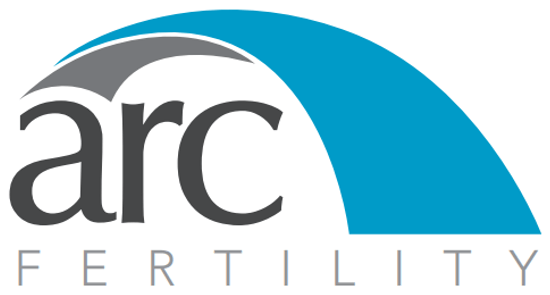Art begins in imitation and ends in innovation. – Mason Cooley
Neural tube defects (NTDs), the second-most common major congenital anomaly, can occur as an isolated event, with other anomalies, or as a component of a syndrome and may cause significant neurologic morbidity for the affected individual. These defects occur due to fusion abnormalities of the developing neural tube prior to 6 weeks gestational age and include abnormalities in formation of the brain or the spinal cord. NTDs are multifactorial in etiology, with both a genetic predisposition as well as an environmental influence. Previous studies have demonstrated the association of abnormalities in folic acid metabolism and an increased risk of developing NTDs. The March of Dimes has been instrumental in increasing folic acid supplementation by women of reproductive age. It is important that by the time of the missed menses and the discovery of early pregnancy, the woman already be taking folic acid supplementation, as by this time the neural tube is already well into the process of development. Hence, women of reproductive age who are sexually active should be on folic acid supplementation of at least 400 micrograms a day prior to conception to achieve the optimal advantages of this therapy.1 Previous studies have demonstrated that women with a history of a previous child born with a NTD, hence at higher risk of a recurrence in a subsequent pregnancy, reduce the recurrence risk by supplementing with 4 milligrams of folic acid daily prior to pregnancy and through the first trimester.2
The long-term functional affects of a neural tube defect are related to two factors: the actual anatomic abnormality, its severity and spinal cord level, as well as damage secondary to inflammation. This inflammation is thought to arise from exposure of the neural tissues to amniotic fluid, trauma during fetal movement or during labor and delivery. These two factors have resulted in the development of the “two-hit hypothesis” to explain functional abnormalities of individuals with NTDs. This hypothesis has resulted in the idea that repairing the defect in utero may attenuate the damage to sensitive, exposed neural tissues, resulting in less functional impairment after birth.
Recently in the New England Journal of Medicine an article by the Myelomeningocele Study group was published comparing prenatal to postnatal repair of a myelomeningocele with the upper boundary of the defect located between T1 and S1.3 In this study, 183 individuals were randomly assigned to undergo prenatal versus postnatal repair of the NTD. The authors discovered a significant decrease in postnatal death and need for cerebrospinal fluid shunting in the group that received the prenatal operation. They also discovered that those operated on prenatally had improvement in their Bayley Developmental Index with a larger percentage able to walk at age 3. However, there were a number of complications following prenatal surgery, including spontaneous rupture of membranes, oligohydramnios and complications of prematurity. At the time of cesarean section, a significant percent of mothers who had undergone hysterotomy for prenatal surgery were found to have a thin myometrium or uterine dehiscence.
The results of this randomized, controlled trial of prenatal surgery for this specific defect are encouraging. As noted in follow up editorials longer observation and evaluation of other affected systems, such as the urinary tract, is important in these individuals who have undergone prenatal surgery. Only further, well-designed studies can elucidate the benefits and risks of this early intervention. As in most of medicine, primary prevention by ensuring adequate folic acid intake in reproductive-age women is critical in decreasing the frequency of NTDs. Early intrauterine detection of an isolated myelomeningocele through first and second trimester fetal screening allows one the opportunity to discuss the potential benefits and risks of prenatal surgery in reducing long term morbidity and infant mortality from this condition.
REFERENCES
1. Neural Tube Defects. ACOG Practice Bulletin No. 44. American College of Obstetricians and Gynecologists. Obstet Gynecol 2003;102:201-13.
2. Wald NJ, Law MR, Morris JK, Wald DS. Quantifying the effect of folic acid. Lancet 2001;358:2069-73.
3. Adzick NS, Thom EA, Spong CY, Brock III, JW, Burrows PK, Johnson MP, et al. A randomized trial of prenatal versus postnatal repair of myelomeningocele. NEJM 2011:364:993-1004.
Keith A Hansen M.D.©
http://womens.sanfordhealth.org
Sanford Health Fertility and Reproductive Medicine
1500 W. 22nd Street, Suite 102
Sioux Falls, SD 57105
(605) 328-8800
©Copyright Keith A. Hansen, M.D.

